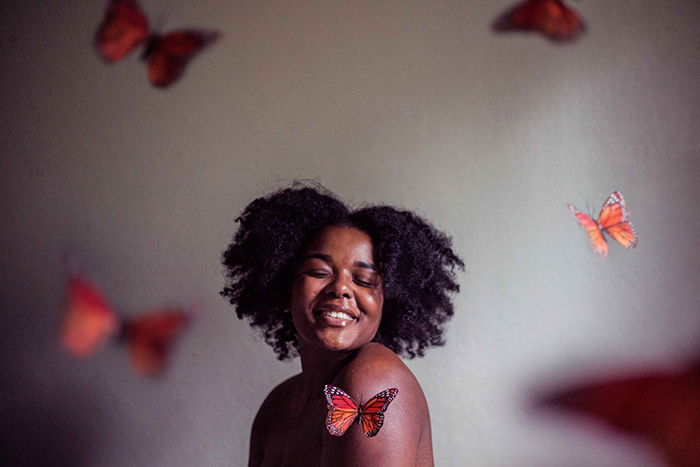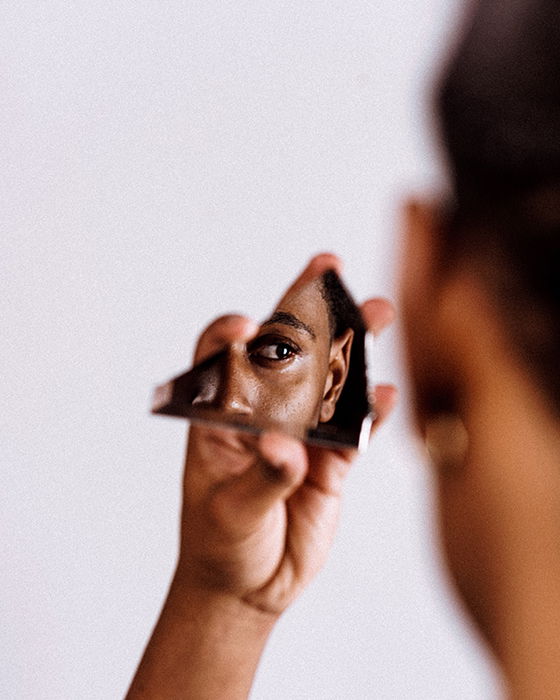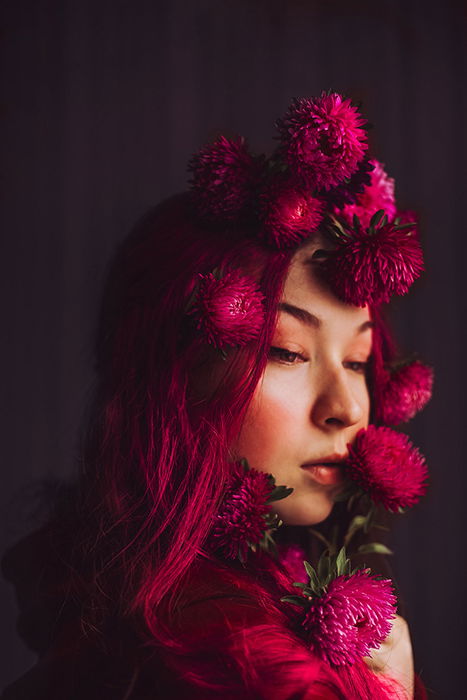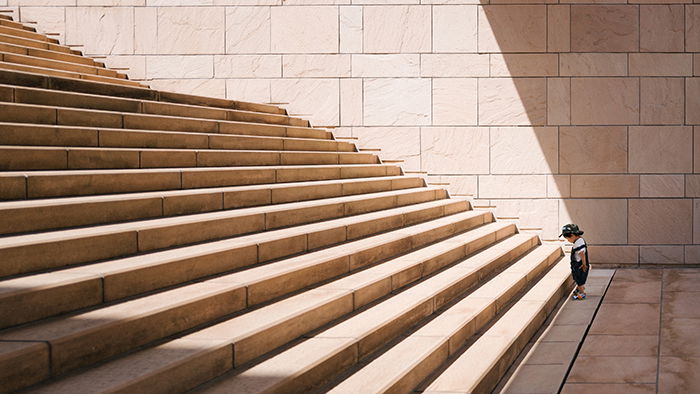Metaphor is a powerful tool for understanding and creating images. It’s a way of using one thing to represent another, to see the world in terms of comparisons and symbols. When you understand metaphor, you can use it to your advantage in photography, finding new ways to see the world and express your ideas. In this article, we’ll explore metaphor in photography.
An image can definitely be a metaphor. Many commercials use visual metaphors to make their products look more appealing.
Photographers use visual metaphors to intensify emotions and make their photos stand out more.
In films, metaphors are symbols represented by objects or names. A great example of this is the movie The Truman Show. The main character unwillingly lives in an artificial world.
At the end of the film, he climbs a set of stairs to enter the real world. The stairs are a metaphor for freedom.
In art, metaphors are symbols of different themes. For example, the painting Love’s Melancholy by Constant Mayer (1866) is a metaphor for heartbreak and loneliness.
Other common themes include hope, self-discovery, feminism, and true love.
Popular metaphors:

Symmetry is so appealing because it’s predictable and beautiful. You can use it as a metaphor for inner peace, friendship, or hope.
We can find symmetry almost everywhere. The kind you choose depends on your theme and your preferred genre.
For example, if you nature photographer, you can take photos of water reflections. If you’re a portrait photographer, you can photograph your model in front of a perfectly symmetrical wall.
If you’re a portrait photographer, pay attention to your model’s expressions. If you combine a sad expression with symmetry, your visual metaphor might not work effectively.
 Negative space is extra space in your photo. This can be the sky, a wall, or any part of your image that’s empty.
Negative space is extra space in your photo. This can be the sky, a wall, or any part of your image that’s empty.
Too much negative space can be distracting. But in commercial photography, it has the potential to be an incredible metaphor. Negative space is often linked to hope and potential.
Here are a few examples:
Something as simple as an empty sky can make help you symbolize a variety of positive emotions.

Look at everyday items in your home. Is there anything that reminds you of a specific feeling or theme? You can use these items to make your visual metaphor photography even more powerful.
For example:

Mirrors are literally a reflection of the self. In photography, you can use them to symbolize self-reflection or self-discovery. Using simple Photoshop skills, you can add even more depth to your images.
You can use pieces of glass to symbolize beauty standards or a shattered sense of self. You can make reflections look different to your model. This can be a metaphor for self-development or dishonesty.
A different mirror reflection can also be a metaphor for a dream. For example, a little boy who looks at himself in the mirror and sees a fireman.

Nature is often associated with growth, prosperity, and spirituality. You can use something as simple as a flower to suggest that your model is growing from an experience.
Photographer Bella Kotak often uses flowers in her fantasy-themed portraits.
These elements of nature make her images look grounded and magical at the same time. They also work as perfect visual metaphors for progress and growth.


One of the most popular metaphors out there is “the black sheep of the family” or “the ugly duckling.” Most artists explore this topic because it’s relatable.
Is there anything or anyone in your life that makes you feel unique? What makes you feel left out?
Instead of using these examples literally, you can replace them with everyday objects as creative metaphors. You can place a bright green apple in a crate of oranges to symbolize uniqueness.
You can point out the different stages of a butterfly’s metamorphosis as a creative metaphor for different stages of a person’s life.

Once you learn how to use visual metaphors in your photography, you’ll be able to add more depth to your work. You’ll also find potential in simple, everyday objects that most people overlook.
By doing this, you’ll gain access to a whole new world of creative opportunities.
